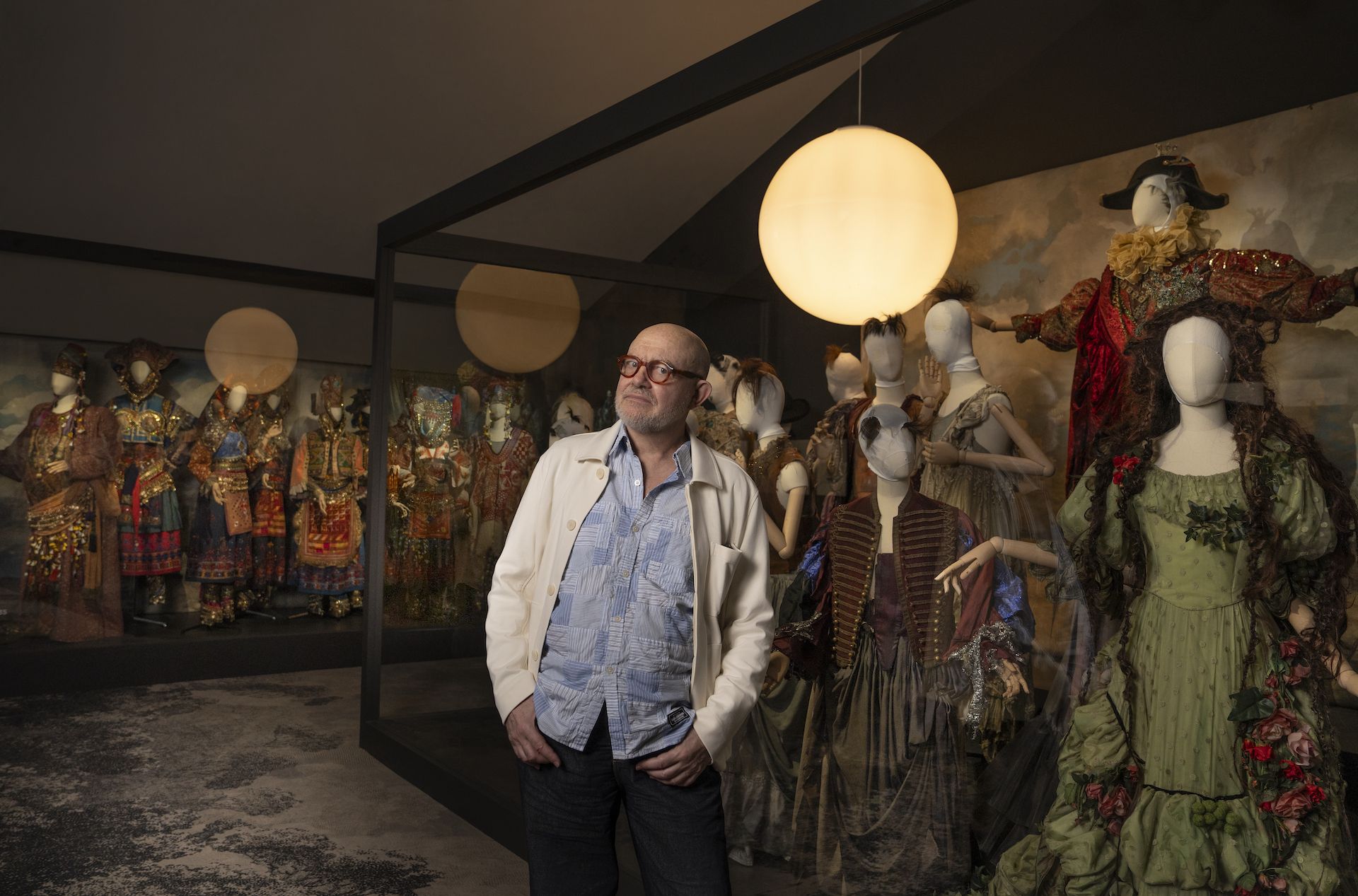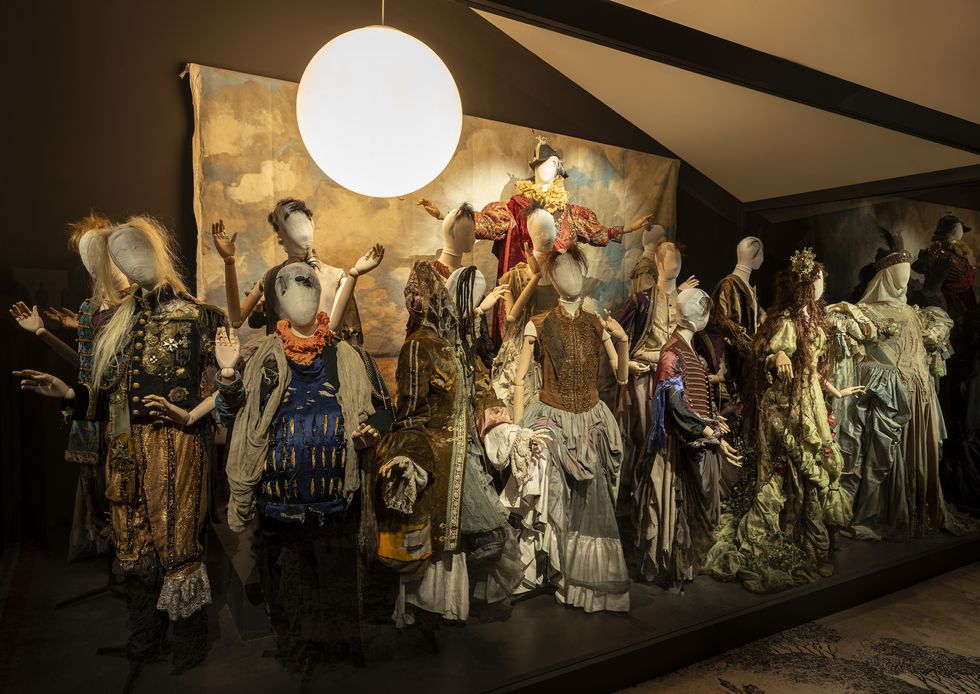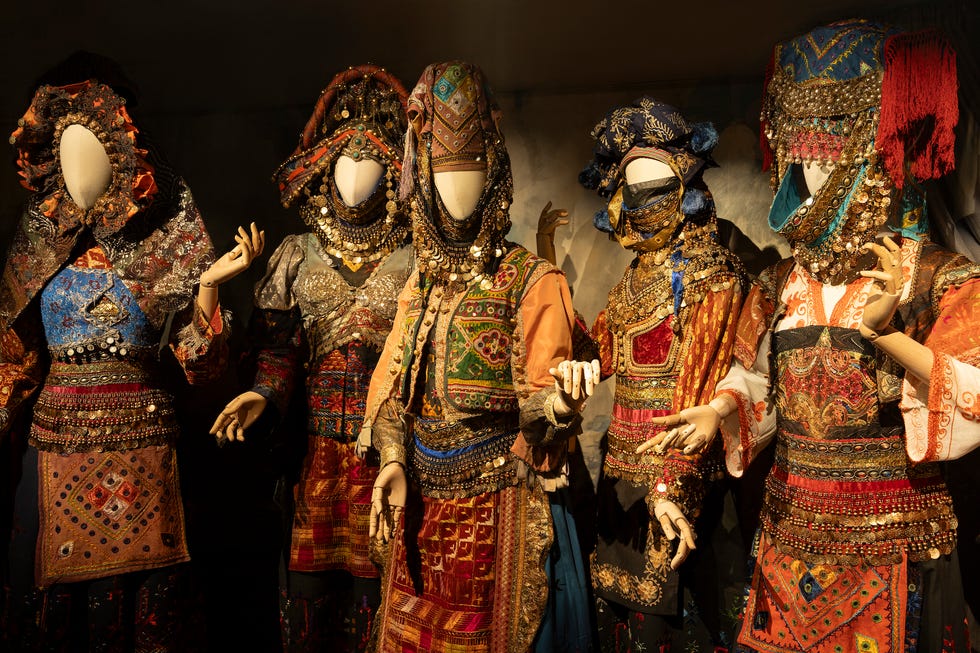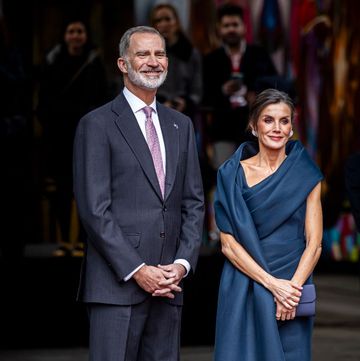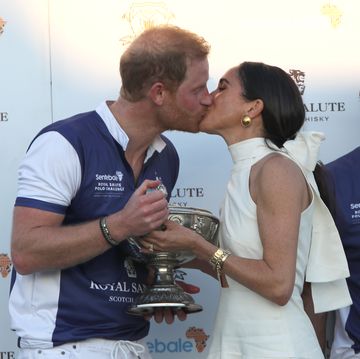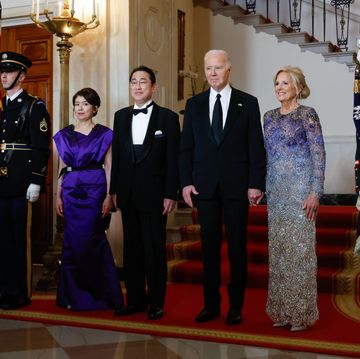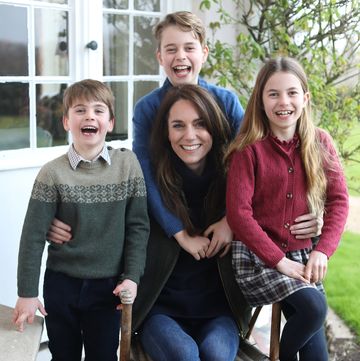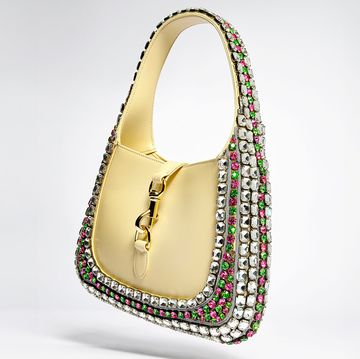Few names in French fashion evoke the artistry of the haute couture quite like Christian Lacroix, beloved by everyone from New York's Nouvelle Society in the 1980s to Edina Monsoon throughout the entire run of Absolutely Fabulous. "It's Lacroix, sweetie," she would say and the fashion crowd lapped it up knowingly. There was only one Lacroix, after all. The designer most remembered for the pouf skirt lost his label in 2009, and the last time he presented a collection on a runway was a collaboration with Dries Van Noten for Spring 2020. That show was a hit, and underlined that Lacroix, far from retired, had plenty left to say. Those paying attention already knew that. The Arles native had turned his attention to costume design for the theater, opera and ballet, and his creations have graced stages the world over, including the Metropolitan Opera in New York City. One of his most recent efforts, a production by Éric Ruf for the Comédie-Française of Peer Gynt—the nearly 200-year-old Ibsen play that somehow continues to inspire revivals—is open to the public at the Lacoste campus of the Savannah College of Art and Design through November 1. Here, the couturier and costume designer talks about the difference between the two disciplines, his advice for young designers and his upcoming 2025 retrospective.
SCAD FASH Lacoste is exhibiting 50 of your costumes for La Comédie-Française’s production of Peer Gynt. What attracted you to the source material?
I like all sagas, odysseys, travels stories and the approach of Éric. I think a traditional direction in a classic theater would have been much less appropriate than such an unexpected free space providing performances on both ends of the stage. Of course, I was immediately in love with the kind of baroque characters Peer Gynt is supposed to meet during this trip. And the opportunity of going into the theater's archives to choose old pieces and upcycle them in the costumes process. Working at the Comédie-Française is a very special experience. It's still the same as when Molière-era actors and collaborators performed there.
How did you and the curators choose the items in the exhibition? What did you hope to convey to visitors?
The idea was first, in [SCAD curator] Rafael Gomes’s mind, to have a haute couture exhibition. But since I lost my name in 2009 and left the house of Christian Lacroix, I’m not allowed to use anything from my past work. So, I proposed to show some of my stage designs this year. And we chose to show only one play's costumes instead of several pieces from several different projects. On one hand, it’s one of the projects I preferred doing and on the other hand everything was preserved in the archives—accessories, jewels, hair pieces and costumes.
As you discussed on stage at SCAD Lacoste, costume design’s traditional role is to help the audience better understand the plot of the play and its dramatic stakes. But what do you specifically, with your rich haute couture experience, bring to these garments that set it apart from traditional costume design?
In this case, the different characters are obvious, like some tribes with their rites and attires. There's no need of explaining the mood soul or mind of each personage, just making them as attractive, poetic, funny, astonishing, out of the world, operatic as they needed according to the text. As a couture designer I always loved mixing and matching spaces and periods, rich and rough, high and low, collapsing fabrics, styles and proportions.
Do you think fashion designers have something to learn from traditional costume designers? And vice versa?
No laws, no rules, but inspiration is everywhere, we all inspire each other of course, but my favorite sources are ethnic and period. When you watch some folkloristic costumes, even for men, you can’t believe how extravagant they were, with jewels, strange proportions of shapes, mixes of colors and materials. No designer today would dare to invent such over the top, crazy clothes.
What do you hope SCAD students take away from the close review of your costumes in this exhibit?
Freedom. I think designers have to feel free to express their deepest inspiration, their guts, the core of their personality. Finding why they are different from one another. Finding the unique message they have to spread, no matter the current fashion or the social media diktats erasing uniqueness for promoting logos and egos.
This exhibition inaugurates a brand-new SCAD FASH museum space at SCAD Lacoste, the former Galerie Centre owned by Pierre Cardin. What’s it like to be in conversation with his legacy by virtue of this showcase?
I must say I never visited Lacoste during Mr. Cardin's era. Frankly, I much better understand him and his style when he was in Théoule-sur-Mer with his famous bubbles houses. I knew him, of course. We were neighbors on Faubourg Saint-Honoré, and he was so impressive, so elegant, always so kind and polite. I love his work since my childhood because I've always admired what is far from my own taste and universe. When you look at his furniture for instance, it’s still relevant. His numbers especially for Jeanne Moreau are timeless.
The exhibition also brings you back to your native Provence. Is this the first time your clothes have been on display in the region? And does it feel like a homecoming?
May I say that for Arles people, Lacoste and Luberon is almost the North Pole. It’s a different mood. Of course, it's Provence but more elegant, more social, not snobbish but more Parisian and intellectual. Arles used to be wilder, simpler, and rougher. I showed some of my favorite haute couture numbers in Arles at the Musée Réattu in 2008 when I was the artistic director for the international photo festival. The exhibition mixed historic museum paintings and sculptures with contemporary artists, friends of mine like Michel Othniel, in rooms that I recolored or covered with brocades. From 1987 to 2008, I organized a couture show in an antique theater with old movies excerpts playing in the background and music by Michel Gaubert. And, of course, I already showed one of my first collections in the same place 20 years ago, in 2008, expressing my gratitude to my native city.
Your work now has taken you from France to the world’s great theater and performance houses. Do you hope to return to the Metropolitan Opera in New York? What else can we expect from you during the remainder of 2023 and beyond?
Yes! The Met was one of the first stages where I bowed for curtain with Misha Baryshnikov! For the moment I’m preparing a production of Carmen with the original costumes and sets from 1875 that will open in the fall at the Versailles Royal Opera, followed by Don Giovanni and Romeo and Juliet. In December, there will be a revival under my own direction, sets and costumes, of Offenbach's La Vie Parisienne and then Naples for La Gioconda at the Teatro di San Carlo. And 2025 brings a retrospective of my stage work.

Erik Maza is the Executive Style Director at Town & Country, overseeing the magazine’s coverage of fashion, design and society, subjects he also handled earlier as an editor at W Magazine and Women’s Wear Daily.
